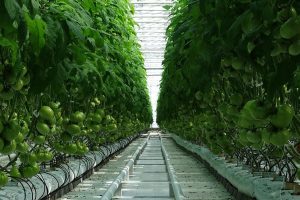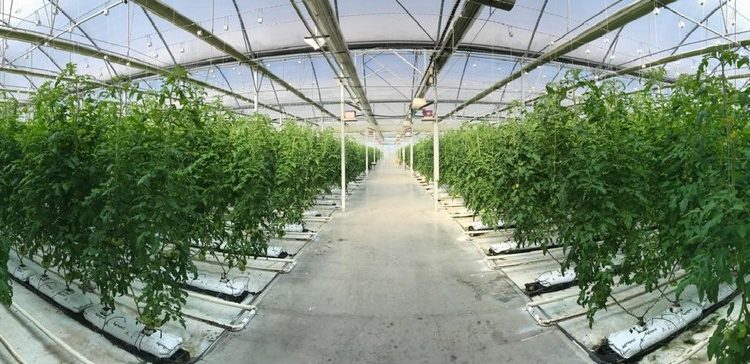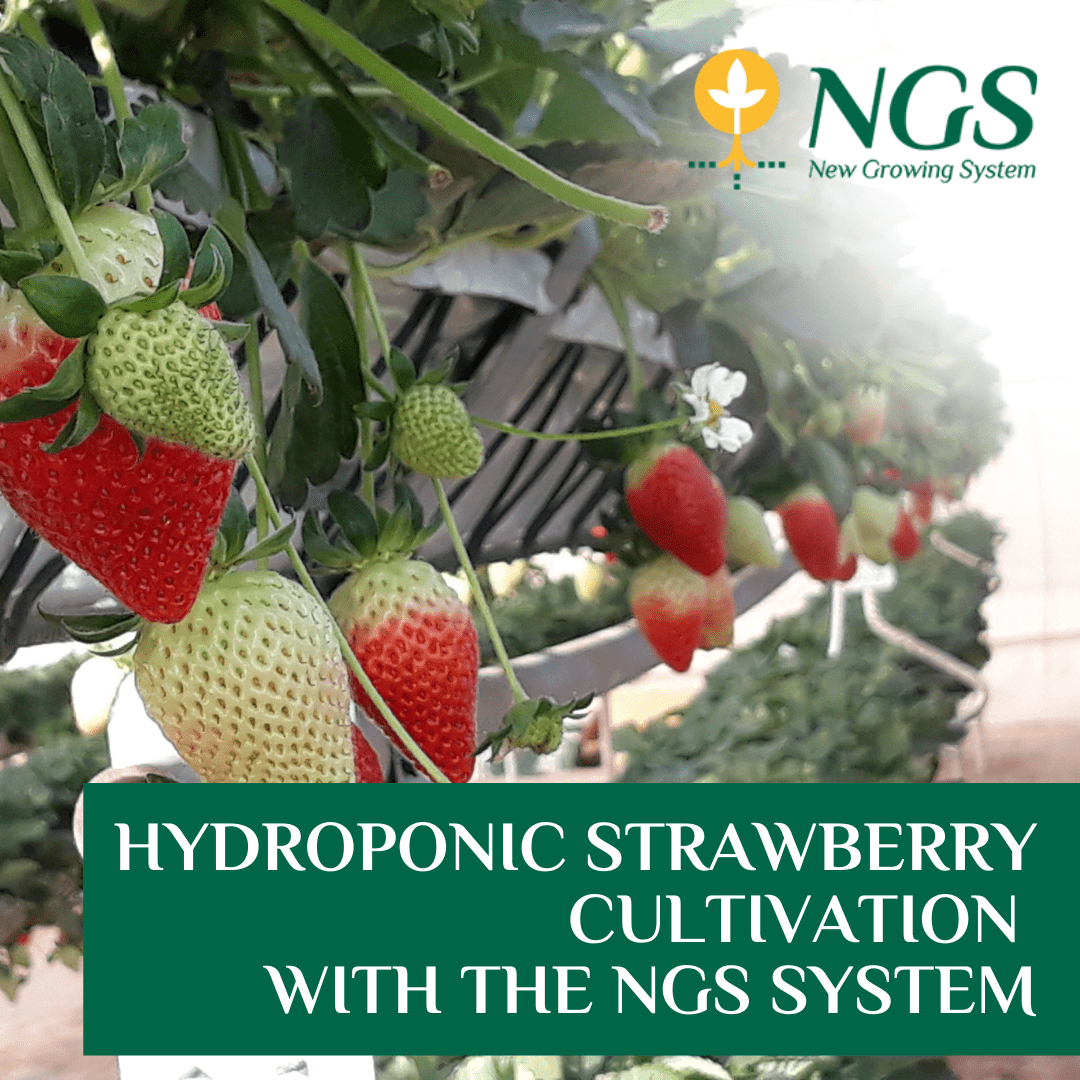Investing in greenhouse technology can be substantial, but the returns, especially in high-quality tomato production, are equally significant. The municipality of Zarratón in La Rioja, Spain, at an elevation of over 500 meters, is home to Riojaselecto, a company managed by brothers Álvaro and Marcos Pérez. This enterprise has embraced cutting-edge greenhouse methods to cultivate premium tomatoes in two annual cycles.
“Our family has always been involved in agriculture in the region, and my brother and I, both agricultural engineers, decided to study the possibility of growing other crops in greenhouses,” says Marcos. “We found that we could grow very high-quality tomatoes here in La Rioja.”
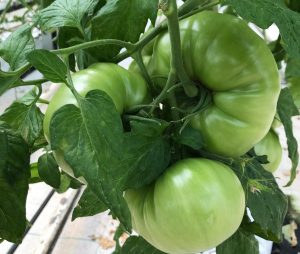
In 2014, the Pérez brothers initiated their tomato production using greenhouses with polycarbonate walls and double plastic covers. Turbines inject air between these layers to create an insulating chamber, essential for maintaining optimal growing conditions. Their growing seasons span from early March to early July and again from September 1 to December 1. To counter the harsh night temperatures, which can drop to -5 to -6 degrees Celsius, Riojaselecto employs a biomass heating system utilizing various organic materials such as almond shells, olive pits, and other vegetable by-products. This innovative heating solution enables them to sustain production through fall and spring, allowing for up to seven months of harvest annually.
“From the beginning, we have been producing Jack tomato, a variety known for its robustness in cold conditions, aromatic quality, and fleshy texture,” Marcos explains. Despite its short shelf life of 10-12 days, the Jack tomato’s exceptional flavor compensates for this drawback. Unlike growers who prioritize long-life varieties for export, Riojaselecto focuses on producing a superior tasting tomato, catering to a niche market in northern Spain where their product is highly sought after.
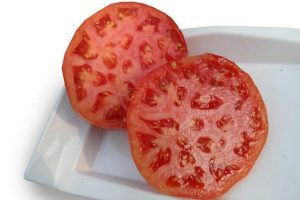
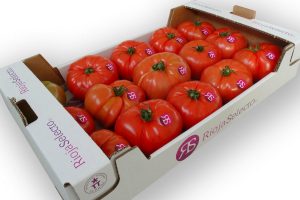
Tomato cultivation is relatively rare in La Rioja, particularly during Riojaselecto’s growing season. “We face almost no competition from other greenhouses because tomatoes here are usually grown in the summer, either in open fields or unheated greenhouses,” Marcos notes. The sophisticated hydroponic system used by Riojaselecto involves meticulous climate and irrigation control, demanding extensive knowledge and technological investment. This high-tech approach is not commonly pursued in La Rioja due to its complexity and cost. However, the Pérez brothers have demonstrated that with expertise and precise execution, the added value of greenhouse-grown tomatoes is considerable.
Riojaselecto’s commitment to quality and innovative techniques underscores the potential for high returns in the greenhouse farming sector. Their success story illustrates how strategic investments in advanced agricultural technologies can lead to the production of premium crops, opening new opportunities for entrepreneurs and investors in sustainable agriculture.
